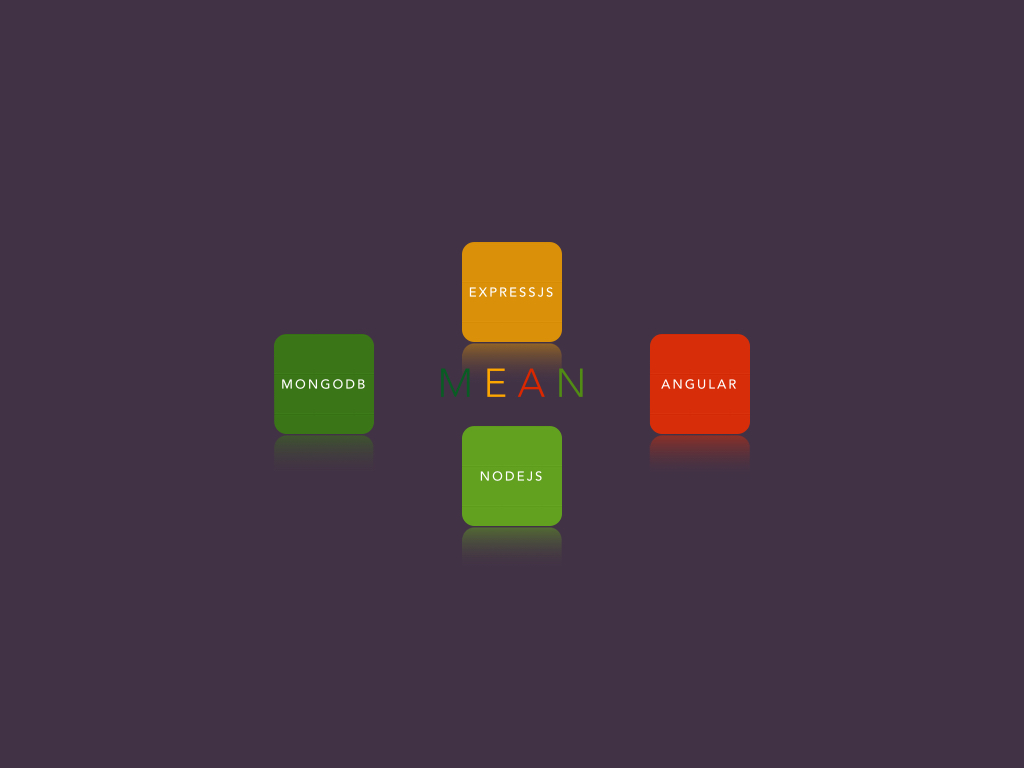How I learned MEAN in a week!

As a developer with some experience in Node.js and Angular, I was interested in learning how to build full-stack applications using the MEAN stack. So, I set out to learn it in a week, and to my surprise, I was able to pick it up relatively quickly. Here's how I did it.
MEAN is an acronym that stands for MongoDB, Express.js, Angular, and Node.js. Together, these technologies form a powerful full-stack web development framework.
My Background
Before I started learning MEAN, I already had experience with Node.js and Angular, but I was not familiar with HttpClient. So, I had a good grasp of JavaScript and TypeScript.
The Learning Process
I started by reading the documentation for each technology and watching video tutorials. I also took an online course that covered the basics of MEAN. This gave me a good understanding of the framework and how the technologies fit together.
After that, I started working on a simple project to put my newly acquired skills into practice. I decided to build a to-do app using the MEAN stack.
I started by setting up the backend with Node.js and Express.js, and connected it to a MongoDB database. Then, I built the frontend with Angular and used HttpClient to make HTTP requests to the backend.
While building the app, I encountered several issues and bugs, but I was able to solve most of them by researching online and asking for help on developer forums.
Conclusion
Learning MEAN stack development in a week was a challenging but rewarding experience. With my prior experience in Node.js and Angular, I was able to pick up the framework relatively quickly. With MEAN, I now have the skills to build powerful full-stack web applications.
Next Steps
Learning MEAN in a week was a challenging but rewarding experience. With my prior experience in Node.js and a little familiarity with Angular, I was able to learn the basics of MEAN quickly and build a simple project.
However, I'm not stopping there. My next goal is to explore other full-stack web development frameworks, such as MERN.
But, that's a story for another blog...
